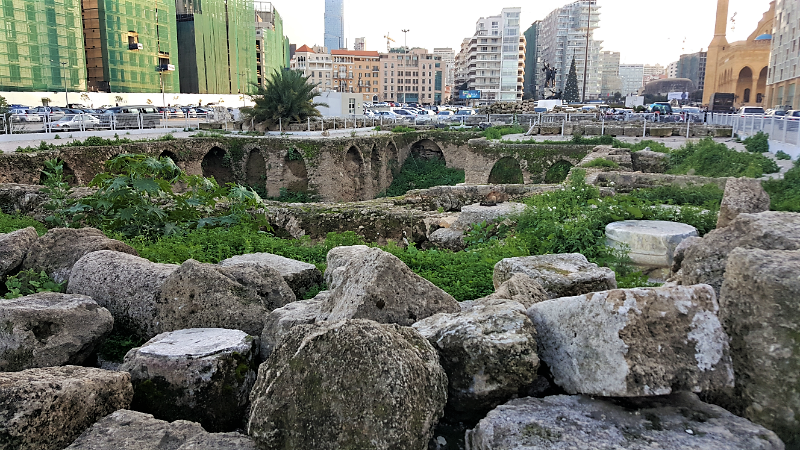What a day! I just spent WAY more time than expected trying to understand the history of Lebanon from 1915 to the present, and I kind of think that my brain might fall out of my head. I’m one of those people who really likes math because there’s always a clear answer. It’s straightforward. This, on the other hand, is not. There are too many details and too many people involved and too many things happening. My. Brain. Hurts.
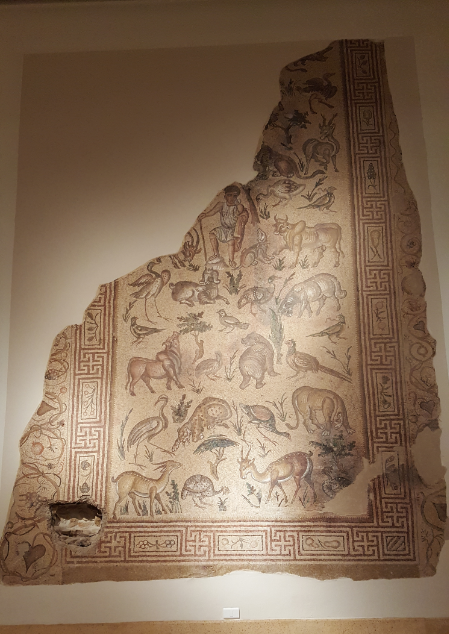
You might be wondering why I’m spending so much time on history instead of just getting right to the fun, pretty things I saw. One thing that I’ve realized more and more over the last year is how much better you can understand the people and the situation of a country if you take the time to look at their history. I know, that’s another “DUH” statement, but it’s something that I didn’t used to do. Usually, when people travel internationally, they go to a country, they see the sights, they decide all the things that they like and don’t like about how the country works and how the people behave there, and they go home, usually with some feeling of superiority about their country and the way that they live. I know that’s not true for everyone, but from what I’ve seen, it’s not uncommon. I’ve heard people talking about experiences in other countries and ending with the basic statement of, “They just aren’t as civilized as we are.” That statement. Is horrible. People are different. Different cultures value different things. My idea of “civilized behavior” isn’t the same as that of someone born in India or someone born in Ghana. Does that make any of our ideas wrong? Yes, there are some universal morals that stand despite any cultural argument. More often than not, though, the things that we find so offensive in others are based on nothing more than personal preference and stereotypes.
Sorry for that rant. Mostly I’m not even talking about Lebanon anymore, but this is just something I’ve been thinking about a lot lately. So, like I was saying, if you want to be able to identify WHY something is the way it is, something you may not like, you need to have some context… which leads us back to the history lesson. On that note, here is my attempt to explain the last century the best I can without making your brain hurt too.
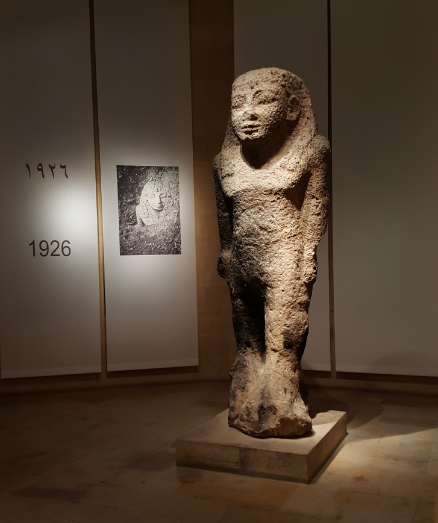
I left off my last post at the end of World War I when Lebanon and Syria were put under French control. During the Ottoman years, the size of Lebanon was greatly reduced. Much of the eastern and southern land was cut from Lebanon’s territory by the empire. In 1919, a Lebanese delegation presented their argument for an extension of Lebanon’s borders back to their previous locations. This was mostly driven by the Maronite Christian population who wanted a Lebanese nation. Interestingly, those territories were majority Muslim populated, so the addition of that land to Lebanon practically eliminated the Christian majority.
A constitution was written in 1926 that was supposedly meant to balance power between religious groups but was really favoring the Maronites. The President was a Maronite Christian, the Prime Minister a Sunni Muslim, and the Speaker of Parliament a Shiite Muslim. The Parliament seats were divided into a 6:5 Christian:Muslim ratio based on census information at the time. The President had a very strong and influential position, and this is still mostly true today, though some things have changed since the original constitution (and the Parliament ratio has changed to half and half of Christians and Muslims).
During World War II, Britain sent troops to Lebanon because Germany was moving weapons through the country. In 1941, the British recognized Lebanon’s independence. There were elections in 1943 that weren’t recognized by France, and the new leaders were thrown into prison. International pressure convinced the French to release the leaders and recognize the new, independent Lebanon!
From the time of independence until around 1958, Lebanon prospered. The economy was booming, and tourism, agriculture, and education were flourishing. Then, in 1958, Arab nationalism was on the rise in the Middle East, and Egypt and Syria joined together to create the United Arab Republic. They wanted to unite all Arab nations into one country which required eliminating any governments seen as “pro-West”. After Iraq’s government was toppled, the Lebanese president asked for help from the US to keep Lebanon independent. Some Lebanese, mostly Christians, wanted to remain aligned with the west, while others, mostly Muslims, wanted to join the new Arab nation. The US intervention successfully stabilized the country, though 2000-4000 people were still killed.
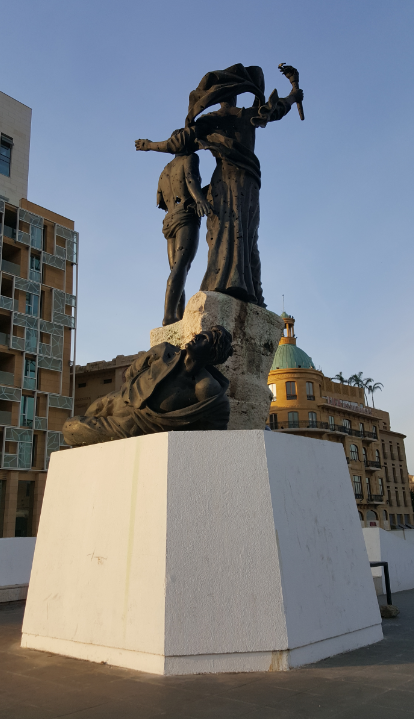
The beginning of the 1960s was relatively calm, and Lebanon continued to grow economically. Then, in 1967, more Palestinian refugees fled to Lebanon after the 1967 Arab-Israeli War, joining the over 100,000 who had already settled there after the 1948 war. The Palestinian militant forces, previously operating out of Jordan, were kicked out and also moved to Lebanon. The Palestinian Liberation Organization (PLO) started using southern Lebanon to launch attacks on Israel. Israel retaliated, and the Lebanese people were split between pro- and anti-Palestinian groups (the former was mostly Muslim and the latter mostly Christian).
An agreement signed in 1969 gave the PLO control over the refugee camps and access to northern Israel, and it had to recognize the sovereignty of the Lebanese government. The Lebanese army then had to leave the PLO alone, and Maronite militias took their place. Before this, Lebanon had managed to stay out of all conflicts with Israel. The PLO ended that neutrality when it set up what was effectively a mini-state in southern Lebanon and stepped up its attacks. Israel retaliated by bombing Lebanon. The Lebanese government was weak and divided and couldn’t really do anything to defend its people.
The Lebanese Civil War started in 1975. The fighting between the Maronite militia and PLO spread to Beirut. It started with a few minor clashes and then erupted into an all-out war. More and more militias started to emerge, each generally tied to a religious group. Practically everyone had their own militias – the Maronites, the PLO, random secular groups, the Druze, the Sunnis, the Shiites, and the Armenians. Everyone had their agendas, supported different sides for different reasons, and were funded by different outside sources. The Armenians mostly tried to remain neutral and only fought when they needed to defend Armenian areas. The western part of Beirut turned into the “Muslim side” of the city and the eastern part the “Christian side”, and they were separated by a road that became known as the “green line”. People fled to the appropriate sides for safety.

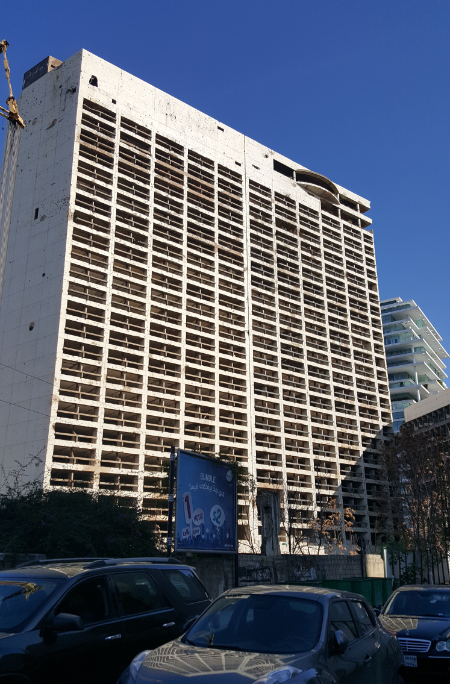
Meanwhile, the leader of Syria declared that “Lebanon is part of Syria, and Syria will take it back”. Syrian troops entered the country and started fighting for control of the land and the Palestinians. The Maronite militias, the PLO and pro-Palestinian Lebanese National Movement (LNM), and the Syrian army fought each other and also massacred innocent civilians during random attacks on villages, camps, and neighborhoods. A ceasefire was negotiated near the end of 1976, but the PLO continued to attack Israel, and Israel continued to retaliate.
In 1982, after Israel invaded Lebanon all the way to Beirut, there was an international attempt to move the PLO and Syrian forces out of Lebanon. Israel was told to withdraw from Lebanon as well as stop its attacks. Foreign troops landed to supervise the PLO evacuations. Fighting continued with Maronite militias attacking Palestinian refugee camps and killing innocent people. The Syrian army refused to leave, and suicide bombers attacked the US and French troops who were there for peacekeeping, eventually forcing them out of the country.
The fighting didn’t stop, but it was a little more sporadic after that. A new extremist group, Hezbollah, entered the mix in the early 1980s, backed by Iran and Syria, and worked with Palestinian forces to attack Israel. Raids on towns continued by all of the various groups, and civilians continued to be killed. There were bombings and shellings and assassinations.
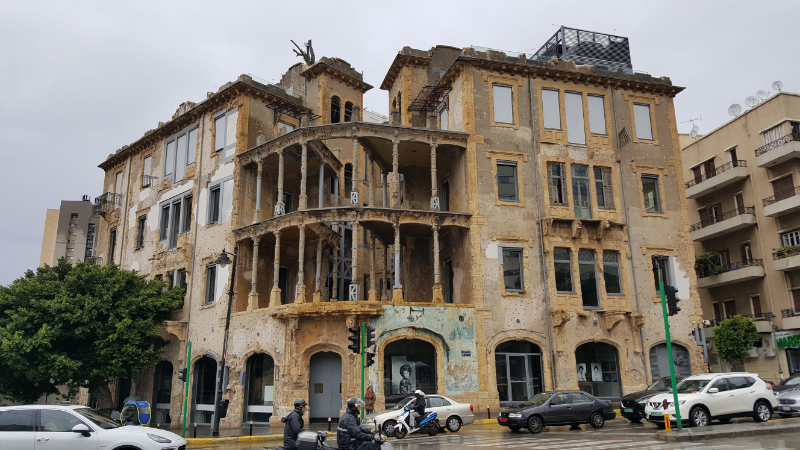
Finally, in 1989, an agreement was signed to try to end the war. It called for the Syrian army to withdraw within two years, which they rejected. The war ended in 1990 when the Syrian Air Force bombed the presidential palace, driving the interim prime minister, General Michel Aoun (Lebanon’s current President) into exile. The government was restructured to give equal representation to Muslims and Christians. The militias were disarmed, except for Hezbollah because it was a “resistance force” fighting Israel (and had Western hostages to use as leverage). Over the next few years, Syria did all it could to keep the Lebanese government dependent on it to run the country.
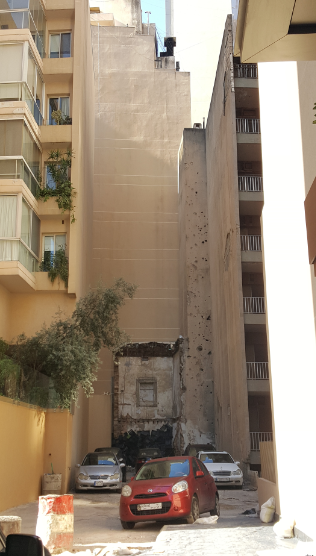
General elections were held again in 1992 and were boycotted by the vast majority of citizens because they were organized by Syria. Despite the civil war being “over”, there were still ongoing incidents. Hezbollah and Israel continued to actively fight, even after Israel withdrew the rest of its forces in 2000. In 2005, there was a series of assassinations of government leaders. The same year, the remainder of the Syrian troops finally withdrew. In 2006, another war broke out between Hezbollah and Israel. The infrastructure of Lebanon took a hard hit with Israel’s bombing of many of the bridges throughout the country.
Since then, things have settled down, and the country is in a weird limbo of simultaneously rebuilding and still having a bunch of unresolved issues. The Syrian war has put extra strain on the country in the form of an estimated 2 million refugees. For a country of only about 4.5 million people, that’s significant. Plus, there are still about half a million Palestinian refugees in the country. That is a huge economic challenge, and it’s expecting A LOT from the country’s infrastructure.
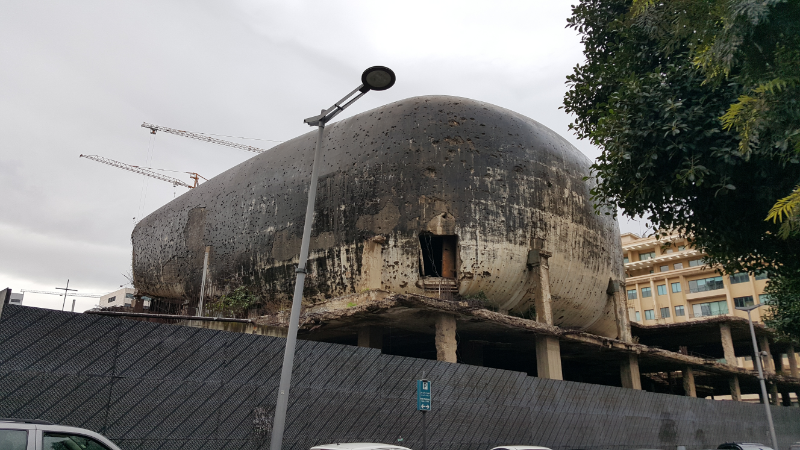
Lebanon has so much potential in so many ways. It’s beautiful, for one. It used to be a hopping tourist destination, and there’s no reason why it shouldn’t be able to get there again. There have been so many conflicts in the country’s history, and after many of them, it was able to enter a period of peace and prosperity. Maybe I’m just optimistic, but I hope that’s something that can happen again. Let me try to help out with the tourism revival… you should visit Lebanon! I never felt unsafe, and it was so interesting to visit a place with such a complex history.
Now that you’ve read more historic details than you probably ever wanted, my next post will get into the fun stuff!
